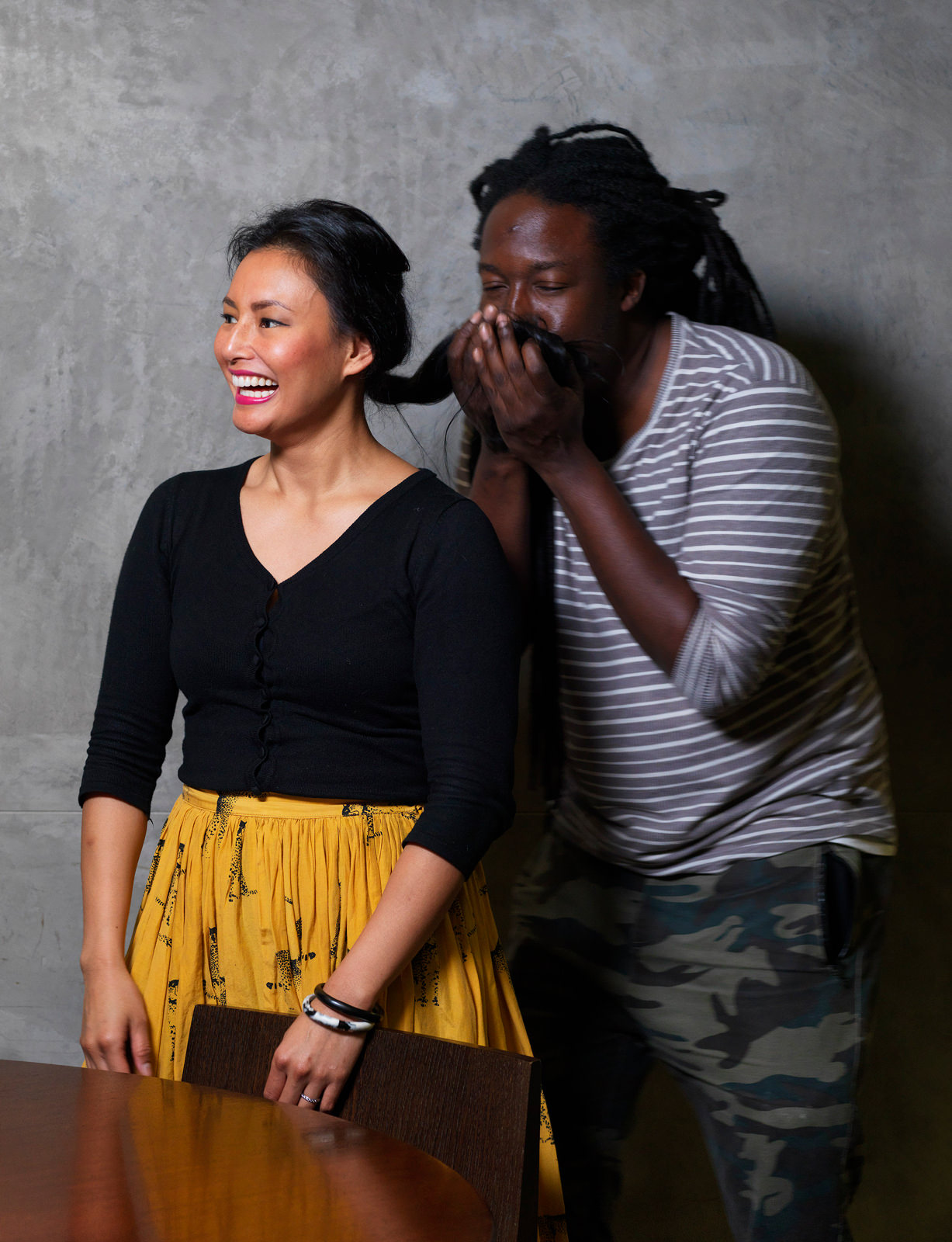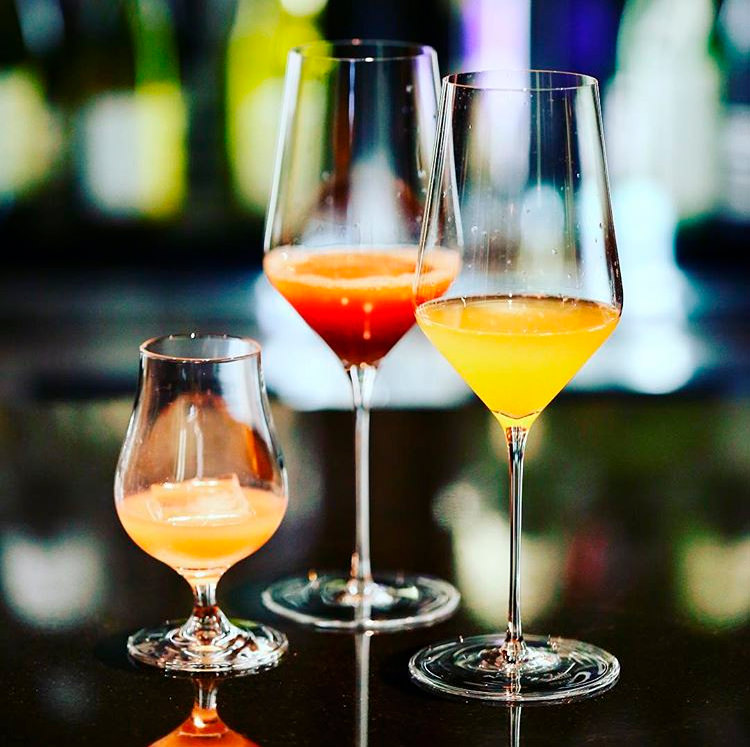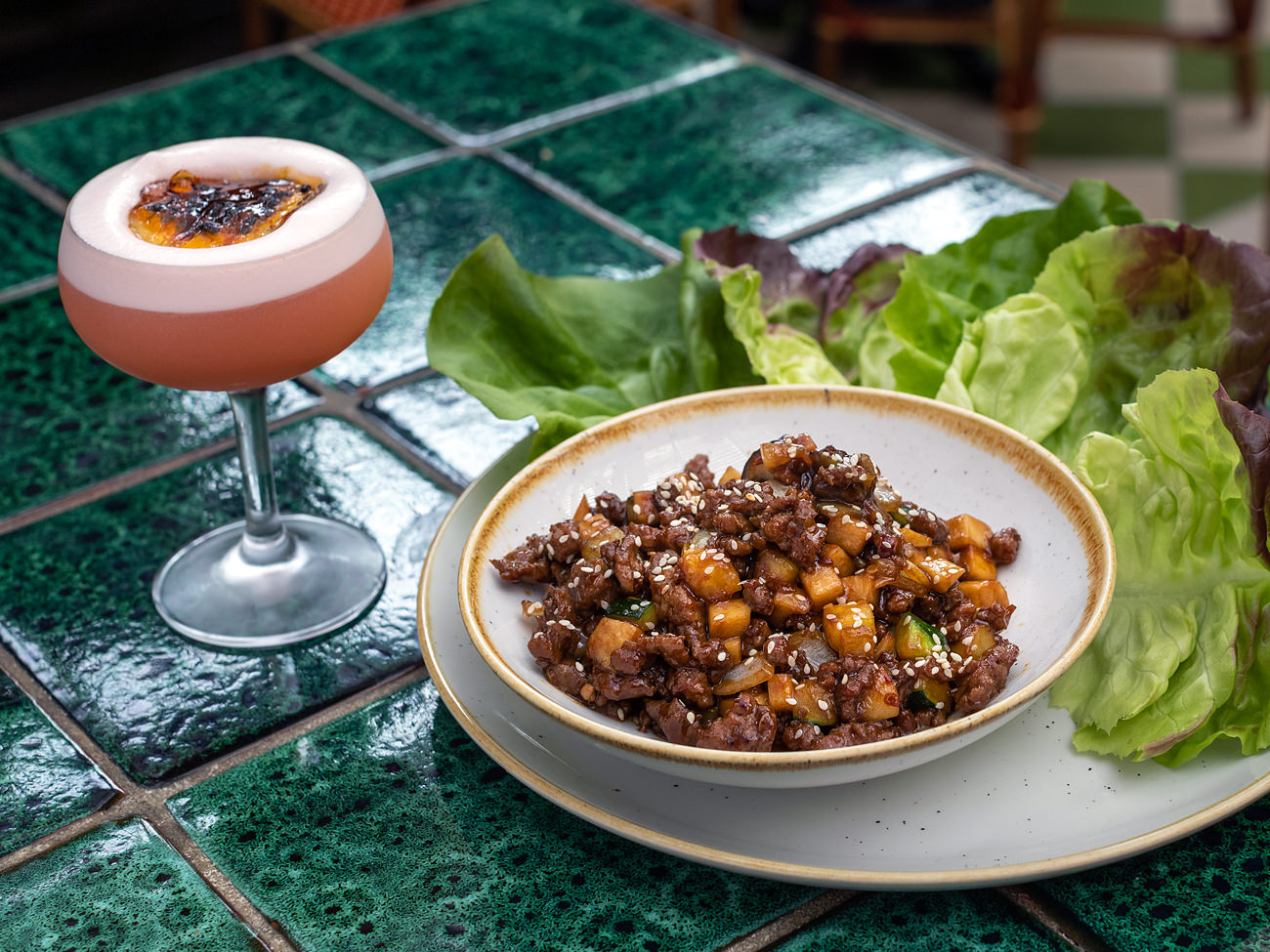Editors’
Letters

Mary-Jane
Morse
This issue brings us into the regenerative season of spring and with it, peak supply of succulent Australian spring lamb. Spring is a time for transformation and new beginnings – so maybe now is the time to begin to rethink your menu in preparation for the warmer months ahead.
The Spring Lamb issue takes us on quite the literal journey – from our visit to lamb producer Michael Craig in western Victoria where Paul learnt to ride a motorcycle and mustered his first mob of sheep; to an epic road trip with my mate Mike Eggert exploring lamb on menus from Geelong to Goulburn.
We delve into the hearts and minds of the magical Momofuku Seiobo, voted number 6 in Australia’s Top 100 Restaurants – from the sassy smiling assassin in the front to the belly laughing Barbadian in the back; it’s a hell of a good time.
With a visual feast of lamb dishes to savour, we hope this issue inspires you to explore the endless opportunities of Australian lamb – because really, what spring menu is complete without a delicious spring lamb offering?
Mary-Jane Morse
Foodservice Marketing Manager
Meat & Livestock Australia
[email protected]
@_raremedium
Paul
Carmichael
Sydney is an amazing city, so much so that you can easily forget how beautiful the Australian countryside can be.
Enter Harrow, a small and beautiful town nestled somewhere in western Victoria. The farms were lush and green with so many old trees, the type of scenery that makes a city boy like me forget about the city.
It was my first time to a sheep farm in Australia and I was stoked to see and learn about the farming systems here. There I met Michael Craig the farmer and his wife Jane Craig who is an all-around badass.
Michael is extremely passionate about his industry and is the type of forward thinker that gets you excited about farming and where it can go. He is an innovator and focuses on making each of his farming practices sustainable. I totally geeked out and I learned so much about the industry, things like his theory of moving from a supply chain to value chain, and the crash course in mustering a mob of sheep was also epic.
I hope this issue can inspire you to look into the industry as a whole. Knowing where your food comes from is one thing, knowing how it gets there and how it all comes together is another. I am so grateful for all the hard work farmers put in. Thanks Michael and Jane for your hospitality and for sharing your knowledge and passion. So glad I got to tag along.
Big ups to MJ. Shout out to Macca.
Paul Carmichael
Executive Chef
Momofuku Seiobo
@momofukuseiobo
Copyright: this publication is published by Meat & Livestock Australia Limited ABN 39 081 678 364 (MLA).





























